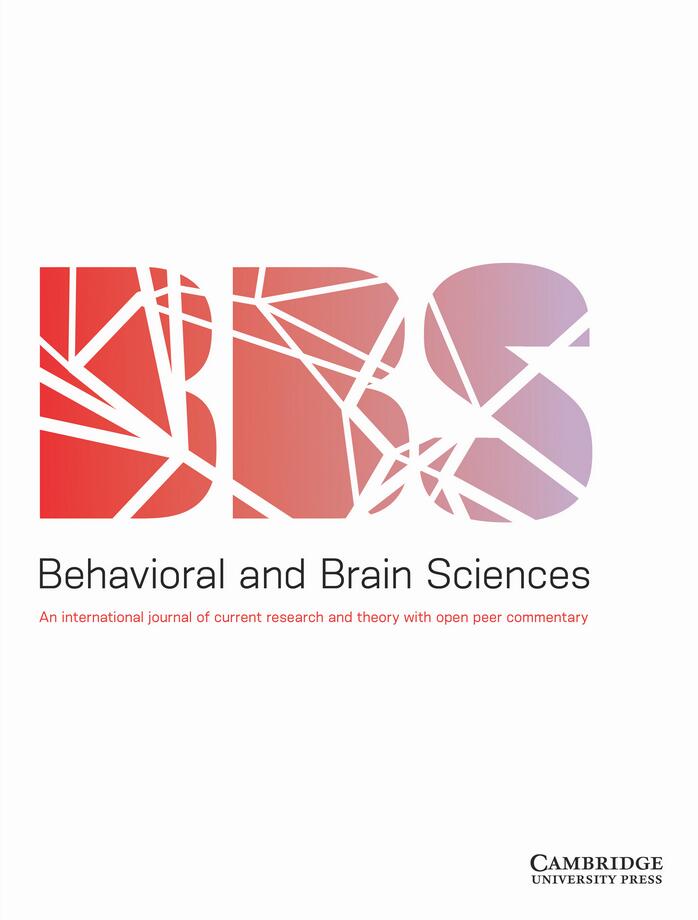利用表象相似性分析研究婴儿知识。
IF 16.6
1区 心理学
Q1 BEHAVIORAL SCIENCES
引用次数: 0
摘要
数十年的研究使我们更接近于了解婴儿的认知。然而,一种强大的方法--表象相似性分析(RSA)--在发展研究中却未得到充分利用。我将讨论这种方法的优势,以及它能告诉我们什么是婴儿的概念性知识。作为一个案例研究,我将重点放在数字领域,因为在这一领域,RSA 可以取得独特的进展。本文章由计算机程序翻译,如有差异,请以英文原文为准。
Investigating infant knowledge with representational similarity analysis.
Decades of research have pushed us closer to understanding what babies know. However, a powerful approach - representational similarity analysis (RSA) - is underused in developmental research. I discuss the strengths of this approach and what it can tell us about infant conceptual knowledge. As a case study, I focus on numerosity as a domain where RSA can make unique progress.
求助全文
通过发布文献求助,成功后即可免费获取论文全文。
去求助
来源期刊

Behavioral and Brain Sciences
医学-行为科学
CiteScore
1.40
自引率
1.70%
发文量
353
期刊介绍:
Behavioral and Brain Sciences (BBS) is a highly respected journal that employs an innovative approach called Open Peer Commentary. This format allows for the publication of noteworthy and contentious research from various fields including psychology, neuroscience, behavioral biology, and cognitive science. Each article is accompanied by 20-40 commentaries from experts across these disciplines, as well as a response from the author themselves. This unique setup creates a captivating forum for the exchange of ideas, critical analysis, and the integration of research within the behavioral and brain sciences, spanning topics from molecular neurobiology and artificial intelligence to the philosophy of the mind.
 求助内容:
求助内容: 应助结果提醒方式:
应助结果提醒方式:


